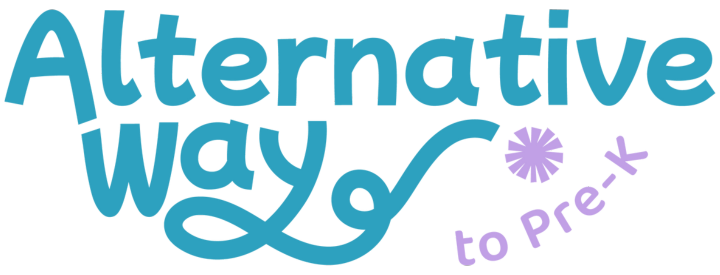Presuming competence is a fundamental mindset that every educator, parent, and caregiver should adopt when working with any child. This philosophy is grounded in the belief that every child, regardless of their abilities or challenges, can learn, communicate, and contribute meaningfully to their environment. By presuming competence, educators can create an inclusive and empowering atmosphere where all children can thrive.
What is Presuming Competence in Preschool Special Education?
Presuming competence means approaching each child with the belief that they are capable of understanding, learning, and making progress. It involves setting high expectations and providing opportunities for children to demonstrate their abilities in their own unique ways and on their own timelines. This mindset contrasts with assuming limitations based solely on a child’s diagnosis or observed challenges.
Why Presuming Competence Matters
1. Fosters Positive Relationships
When educators presume competence, they build more respectful and trusting relationships with children.
2. Encourages Higher Expectations
Children often rise to meet the expectations set for them. Believing in their potential motivates them to achieve more.
3. Promotes Inclusive Practices
Presuming competence supports inclusive teaching methods that benefit all children, not just those in special education.
4. Boosts Self-Esteem
When children sense that their teachers and peers believe in them, it positively impacts their confidence and self-worth.
Top Strategies for Presuming Competence in Preschool Special Education
1. Use Respectful Language and Communication
Speak to children in age-appropriate ways, even if they have limited communication skills. Avoid talking down to them or simplifying language unnecessarily.
2. Provide Opportunities for Choice and Autonomy
Offer choices throughout the day to empower children to express their preferences. Even non-speaking children can communicate preferences through gestures, eye gaze, or assistive technology.
3. Set High, Yet Achievable, Expectations
Create goals that challenge children while remaining realistic and attainable. Focus on progress rather than perfection. Celebrate every win, even the small ones. Sally sat for three mins instead of two? Acknowledge that!
4. Embrace Multi-Sensory and UDL Learning
Incorporating a multisensory approach with visual, auditory, tactile, and kinesthetic elements into lessons to engage different learning styles and abilities. Embracing a UDL (Universal Design for Learning) allows accessibility for all learners.
5. Celebrate All Forms of Communication
Recognize and validate all forms at communication, whether through expressive or receptive speech, AAC devices, gestures, eye contact,
6. Use Strength-Based Approaches
Focus on what children can do rather than what they cannot. Build on their strengths to help them overcome challenges.
Real-Life Example: A Success Story
In my former preschool special education classroom, a non-speaking child with a developmental delay was initially assumed to have limited comprehension skills by former care providers. This student came to me having never been in school before or having any intervention.
The student preferred to watch instruction from the other side of the room and did not actively participate in instruction. Despite this we still exposed and encouraged them to join in instruction and classroom materials.
After about three months and the introduction of AAC, the child began expressing preferences, participating in group activities, forming friendships, and even referencing previous lessons
We PRESUMED competence all along and kept teaching as if they were paying attention or not because we were presuming they were, and they WERE!
